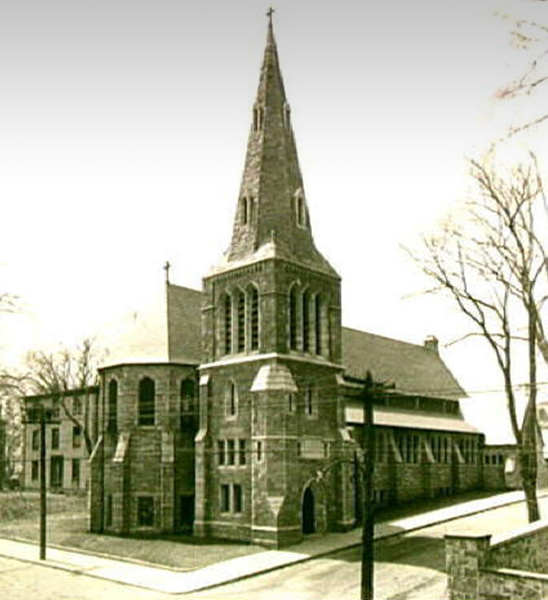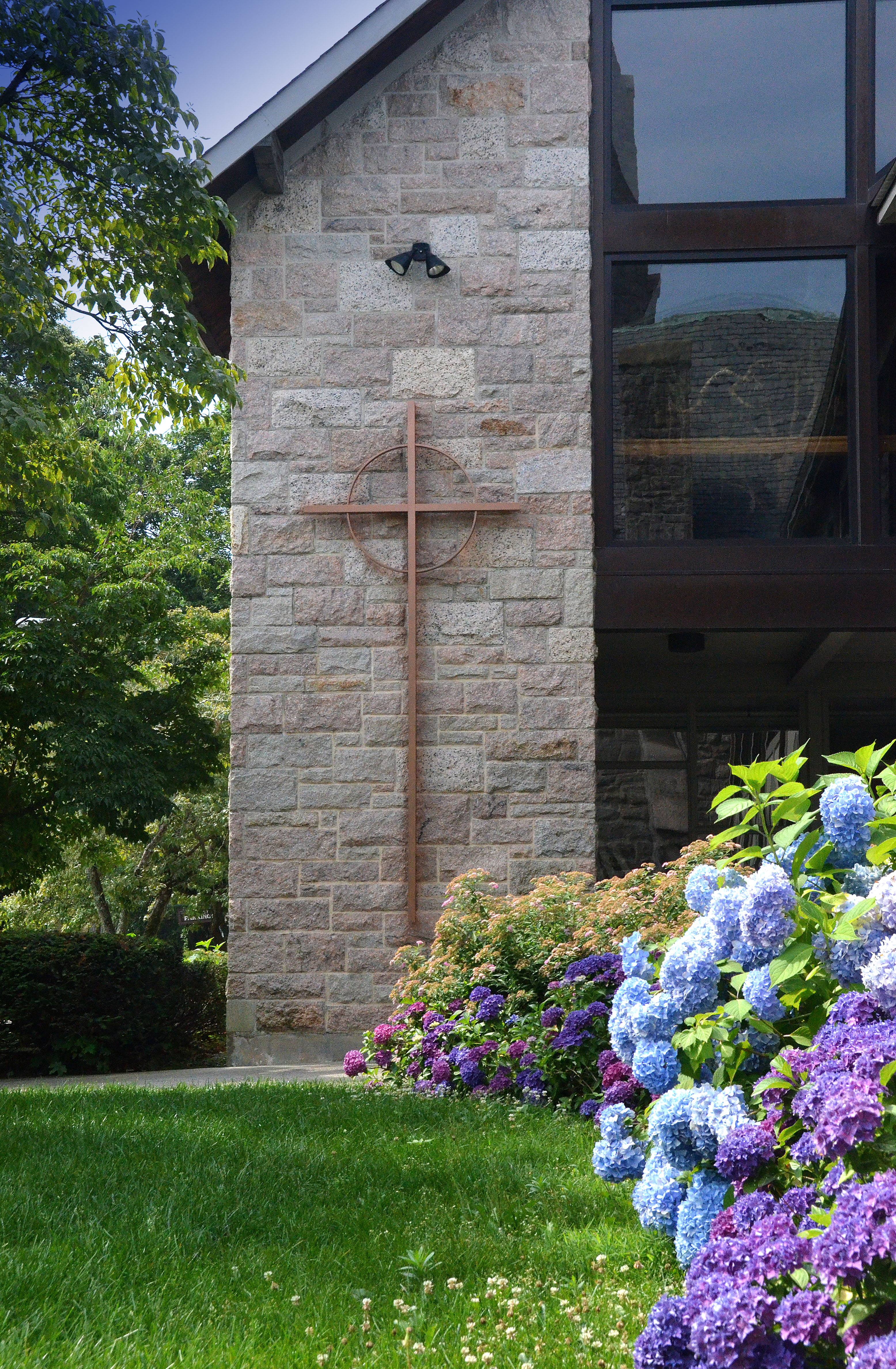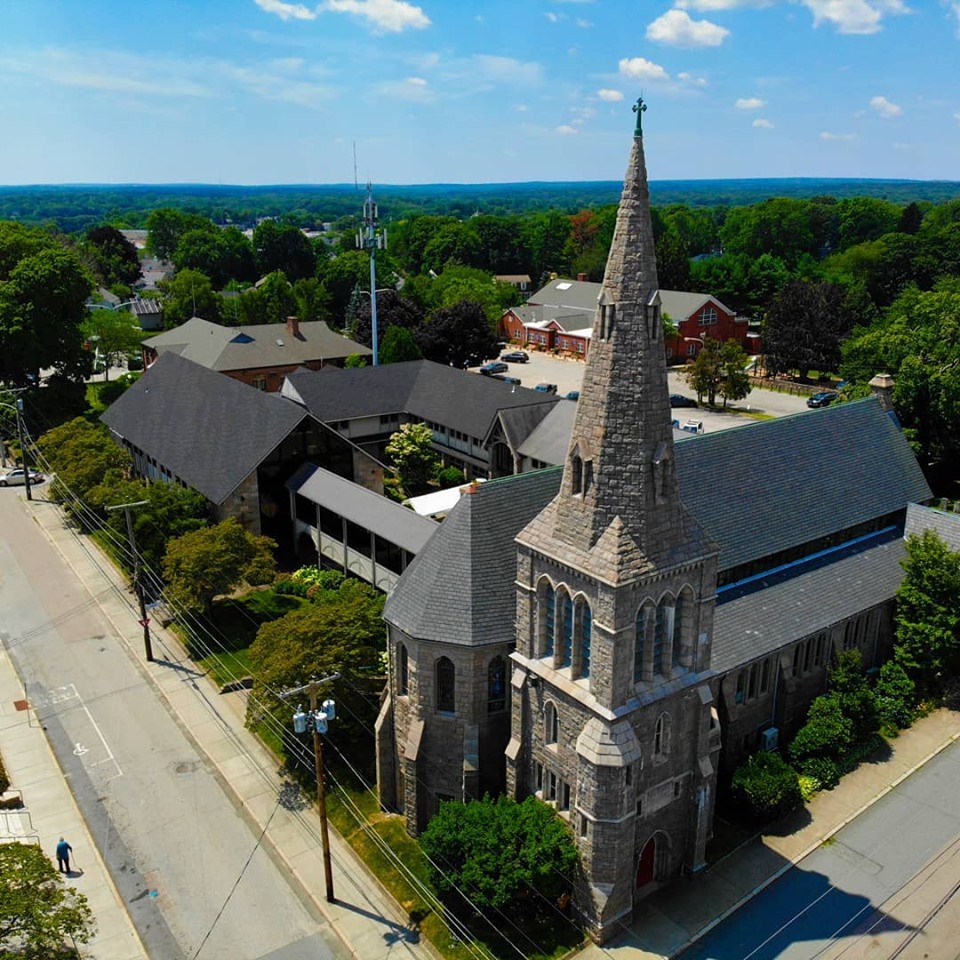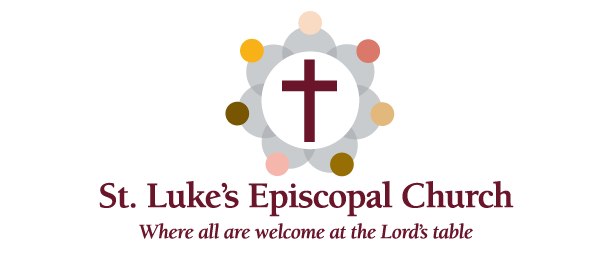The History of St. Luke’s
Explore the rich history of St. Luke’s Church in East Greenwich, from its founding in 1833 to its growth and transformation into a vibrant community of faith. Join us on our journey today.
The Founding of St. Luke’s Church
In 1677, East Greenwich was settled by a group of religious and agricultural families, primarily Quakers and Baptists. The town, nestled along Rhode Island’s coastline, grew as a small port and an agricultural hub throughout the 18th century. While Anglicanism faced a decline in the New England region after the Revolutionary War, the foundation of religious tolerance in Rhode Island made it possible for a group of local residents to gather and establish a new church.
The Early Congregation and Rev. Sylvester Nash
By 1833, a group of dedicated Episcopalians in East Greenwich began meeting at the Kent County Courthouse for services. They eventually called Rev. Sylvester Nash to serve as the first rector of St. Luke’s Church. Rev. Nash’s leadership inspired the congregation to build a church and establish a place of worship in East Greenwich.
Construction of the First Church Building
In 1838, the congregation completed the construction of their first church building. The simple wooden structure stood as a testament to their faith and commitment. The church was formally incorporated in 1834, and the cornerstone of the current St. Luke’s Church was laid in the early years of the 19th century.
Expanding the Ministry: Rev. George Pomeroy Allen
As the church grew, so did its influence in the local community. Rev. George Pomeroy Allen, who succeeded Rev. Nash, played a significant role in expanding the churches’ ministry and shaping the church into a vibrant, active community. Under his leadership, the church continued to grow, focusing on both spiritual and social outreach.
The 20th Century: Growth and Change
By the early 20th century, St. Luke’s had established itself as a cornerstone of the East Greenwich community. The church saw significant physical expansion, including renovations to accommodate the growing congregation. The early 1900s brought a series of spiritual revivals, outreach programs, and active participation in the social and political life of the town.
A New Era: The Church in the New Millennium
In 2000, St. Luke’s entered a new chapter in its long history with the completion of significant building renovations. These improvements modernized the space while still preserving the historic character of the church. The community’s involvement to both local and global missions has strengthened the church’s role as a beacon of faith and service.
A Strong Foundation for the Future
Today, St. Luke’s continues to be a place where people come together for worship, service, and fellowship. The church’s rich history is a constant reminder of the faith and dedication that has shaped it over nearly 200 years. We look forward to continuing this legacy of faith, outreach, and community for generations to come.
Join Us in Our Journey
Explore the rich history of St. Luke’s Church in East Greenwich, from its founding in 1833 to its growth and transformation into a vibrant community of faith. Join us on our journey today.





